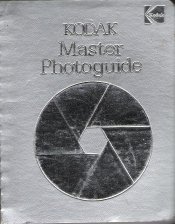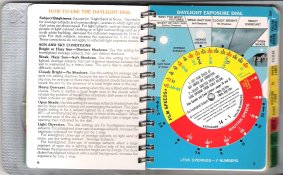Ces1um
Member
Aside from the sunny 16 rule, I was wondering how people learn to accurately judge aperture/shutter combinations to produce a correct exposure SPECIFICALLY without the use of a light meter. I'd really like to learn this skill, and what I've done is used the sunny 16 and added or subtracted a stop or two depending if i'm over water/sand/snow or if I've got sun behind my subject or in front of them. I usually record what my settings were so I can go back and check the exposure. It seems simple enough but I'm still over/underexposing shots and blowing other shots altogether. I'm sure other people have mastered this skill- just wondering if there are any tips/tricks or books/websites/videos they could point me towards? Going to school to get a photography degree is out of the question given the fact I've got a family and a full time job. That being said, I could certainly sign up for a course somewhere, but given the fact that digital is so prevalent I doubt anybody is giving a course on this subject. Any pearls of wisdom would be greatly appreciated.






